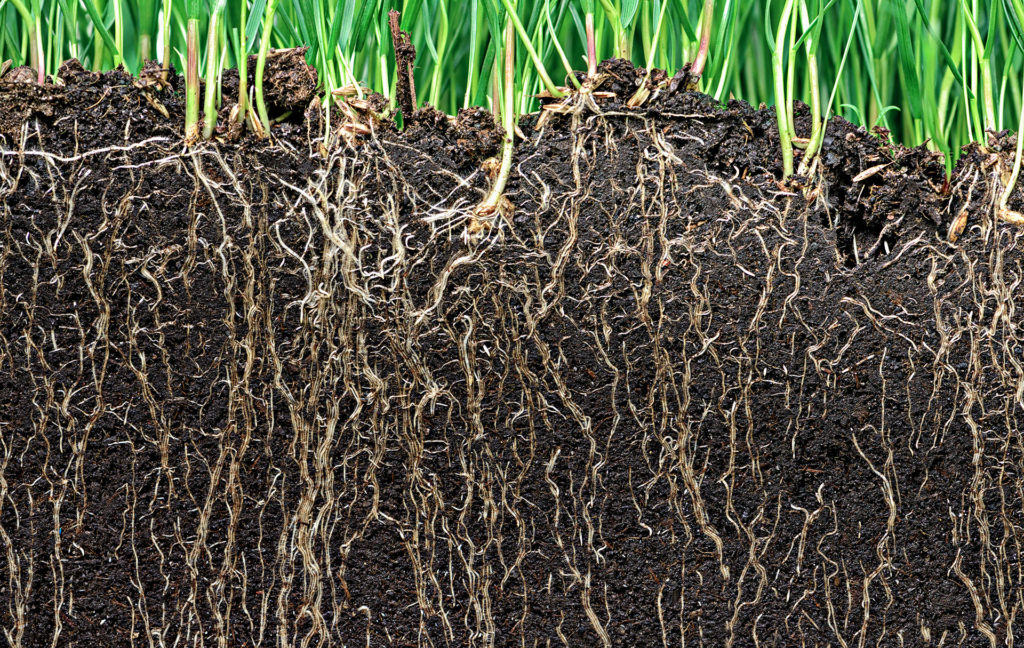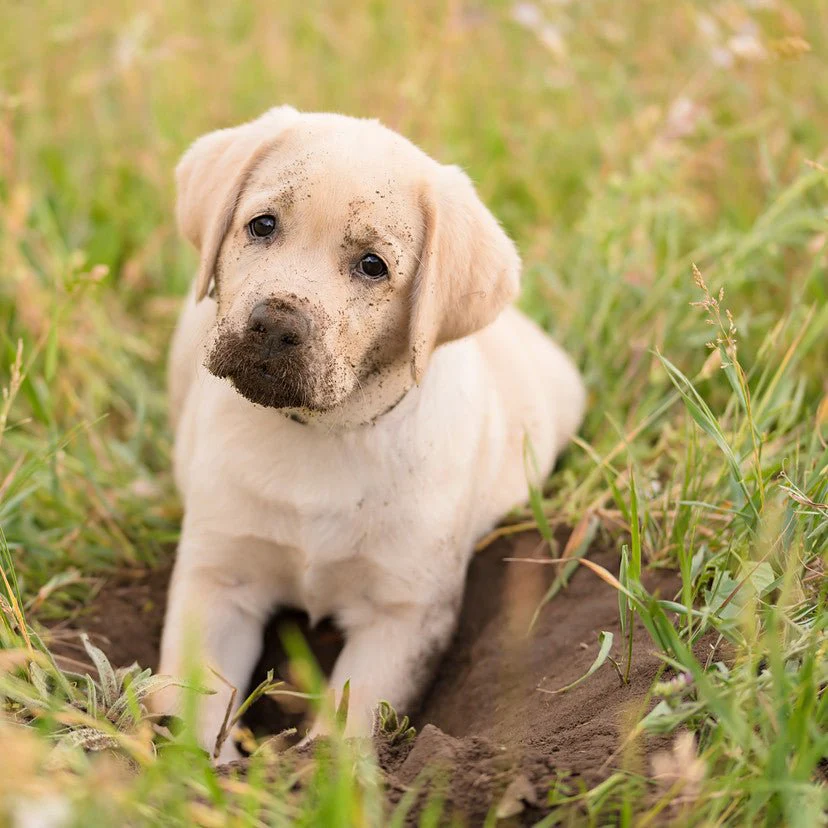If you choose to install sod in your yard, you can quickly get a healthy, green lawn. However, once the sod is in place, it needs time to establish roots in the soil. Healthy new roots give grass valuable nutrients and moisture. A robust root system also ensures your lawn can withstand the stresses of drought, insects, and disease down the road. Several elements can hinder or boost the ability of roots to successfully take hold of the soil. Read further to learn more about these three factors that impact root development in new sod.
The Amount of Water the Sod Receives
Regular irrigation prevents sod from drying out while those new roots grow. When you water your new lawn, the water needs to penetrate below the sod layer and saturate the soil beneath. Damp soil helps sod stay moist and allows the grass to grow longer roots and attach them deeper in the ground. Insufficient water during the rooting season prevents sod from taking root and kills delicate new roots that may have already begun to grow. Too little water during the first two weeks is likely to result in the sod turning brown and dying.
Conscientious homeowners sometimes overwater sod, creating puddles. Wet conditions like these drown existing roots and encourage mold and fungus growth. Insects are also attracted to boggy conditions. Stop watering before you see standing water on your lawn.
The Soil Beneath the Sod
Sod rooting takes place best on carefully prepared soil of the right consistency that contains the necessary nutrients. Roots need to penetrate soil particles easily to establish root systems. Nutrients then provide the grass with the food it needs for roots to continue to grow and flourish.
Soil condition is closely tied to water retention, which affects the ability of sod to grow roots. Clay soil is very dense and holds onto water. This soil type tends to become water-logged and inhibits healthy root growth. On the other hand, sandy soil lets water drain too quickly and dry out the sod and its roots. You can help these soil types better regulate water retention by adding organic matter. Doing so also adds valuable nutrients and promotes air circulation, which allows the grass to grow.
One easy way to prepare the soil for sod is to add a six-inch layer of topsoil rather than work the entire soil site. This method ensures the soil beneath the sod contains the right organic and inorganic ingredients new roots need to thrive.
The Way You Treat the Sod
Sod usually begins to form new roots in about a week in ideal conditions. You still have to be careful with how you treat your sod. Some activities can disturb or crush delicate roots, interrupt their growth, and cause them to die. Stay off the new sod, and don’t mow until grass blades show signs of growth and you are sure roots can hold the sod firmly into the ground. Check to make sure the sod has been attached by gently trying to lift a corner of the sod. Sod should be hard to lift. Do this in several different places in the yard to check for consistent root development.





